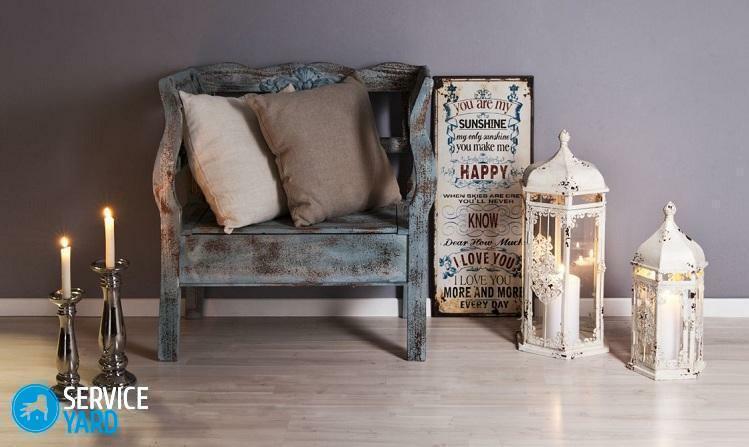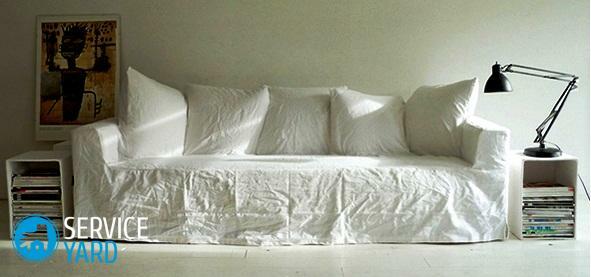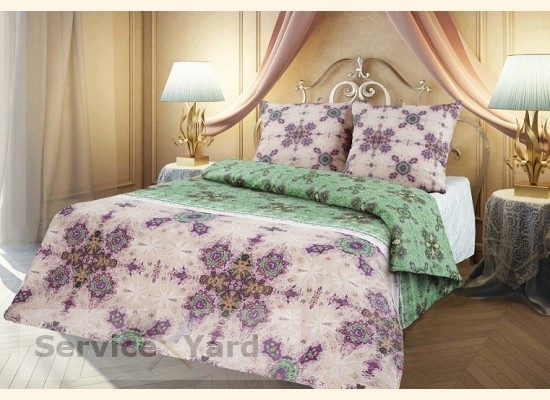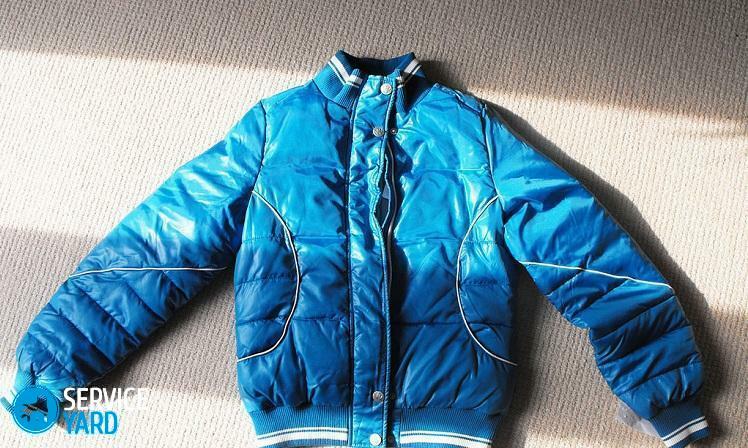
- What does decoupage mean?
- Types of Decoupage Techniques
- Materials Required
- What are the surfaces covered with?
- Cooking surfaces
- How to execute the design?
- Working with different materials
- Master class
Most people think that furniture is something so permanent that it does not need to be changed. Often, such purchases are quite rare, since furniture is not cheap. That's why consumers expect for a long period of its operation. Well, but if the soul needs changes, or new repairs are made, in which the old situation does not fit at all, and the new situation is not enough money? With skilful hands, nothing is scary. You can do decoupage of furniture yourself. How to do it - read in this article.
to the contents ↑What does decoupage mean?
The task is quite simple:
- Cut out the image that you like.
- We fix it on the surface.
- Apply the varnish on top.
Important! Thanks to this technique, it is possible to transform any object practically to an unrecognizable state. Most often, the object of transformation is a chest of drawers, a wardrobe, a coffee table, chairs or a kitchen set.
To get a new image, use napkins, magazines and newspapers, special paper.
This technique is used to decorate different surfaces:
- Ceramics;
- Glass;
- Metal;
- Plastic;
- Cardboard;
- Fabric;
- Skin;
- Soap.
Very popular is the redesign of furniture from wood, which eventually becomes unattractive. Decoupage polished furniture with their own hands leads to the fact that it is fully consistent with the style of Provence.
Important! Napkins can be used not only for decoration of interior elements, but also for decorating items of utensils.
to content ↑Types of decoupage techniques
Decoupage is represented by five main types:
- Direct. The image is glued to the outside.
- Reversed. They use it to decorate the transparent glass surfaces. In this case, the front side of the picture is glued to the back of the glass object.
- Volumetric. Some decorative elements are specially made higher than others. In this case, use a large number of layers of fragments for decoupage or special modeling masses.
- Smoky. In this case, art is mimicked. The boundary separating the image and the surface is almost impossible to notice, the figure is surrounded by a smoky halo.
- DecoPatch. For pasting the entire surface of the object using paper pieces. The material should be different. Use napkins, sheet and corrugated paper.
Choose the technique you need, based on the conceived stylistics, in which the entire room will be decorated.
to the contents ↑Required materials
Renovation of old furniture by decoupage technique does not require a lot of materials. If there is paper with a suitable glue, it is possible to obtain a beautiful decorative element. But there is a small nuance: to make the items look really individual, you will need the use of additional materials.
Paper
This technique involves the use of pictures that can be cut from a postcard, colorful magazine or wallpaper. If the decorator has skilled hands, performing decoupage of old furniture with his own hands, he can use calendars, wrapping paper, newspaper notes. Thus, the second chance will appear not only for furniture, but for all these, it seems, unnecessary, little things.
Napkins
This material has an affordable price and quality. In addition, they are very diverse. It is possible to use conventional three-layer napkins and small four-layer paper handkerchiefs. This material can be purchased in both a regular supermarket and a specialized store.
To do furniture decoupage by napkins with your own hands, you can buy only one package, exactly the one necessary for the realization of the creative idea. 
Cards for decoupage
They are presented in the form of special glossy cards with pictures grouped on paper of different sizes. They are two-sided - in order to perform reverse decoupage, as well as the same in one set in order to impart volume.
Such material has a lot of advantages. The main ones are:
- It does not break when it gets wet;
- After gluing it does not change its size;
- The material is very elastic and resistant to friction.
Important! Napkins are mainly used for gluing on light surfaces, and decoupage cards can also be used for dark coatings. Rice paper is used to decorate large and glass surfaces. It is easy to handle with it, even a novice master can paste such material.
Important! When working with such paper there is one condition: the fragments are not cut out, but are pulled out.
Fibrous raw materials can be well bonded to the surface. It is made from rice straw. The product as a result will look original and unusual, because the material completely repeats its shape.
Important! You can use mulberry and banana paper. Its rough and loose texture with various impregnations is used for background and relief coatings.
Adhesive
For a neat and high-quality appearance of the final product, you will need to purchase glue, the base of which is water. Of course, decoupage of the table in the style of Provence with their own hands is best done with a specially designed glue, but if it is not, you can use the usual PVA.
to Contents ↑What are the surfaces covered with?
To paint or age the surfaces, use:
- Acrylic and oil paints;
- Pigments;
- Bitumen;
- Metallized pastes.
Important! For the similarity of the object with the gold-plated, they use potali, metallized foil.
In reality, needlewomen use much more materials.
to the contents ↑We prepare surfaces
If you know the basic rules of decoupage techniques, you can resurrect old furniture without spending extra money. Different surfaces are prepared differently for processing:
- Remove grease and dirt from the glass;
- For cleaning metal, a mixture of vinegar and water is used;
- Sandpaper is used for wood processing, and puttying is applied from above.
How to execute the design?
And decoupage of furniture with cloth by hand, and the design with napkins - everything is based on the same principles:
- The surface is treated with sandpaper to remove roughness. After the sanding is completed, it must be wiped.
Important! If the surface is not uniform, it is better to paint it in a neutral tone.
- If there are large scratches or flaky paint, you may need to apply the putty to level it.
- Cut the paper. In the case of a design debut, it's better to stay on the same squares. Choose an average size, not small, and not large.
- The selected area is treated with special glue or PVA.
Important! The work needs to be done in stages, pasting the plot behind the plot. For example, first, the table top, then one leg, then the second one.
- When gluing the decorating material, care should be taken to ensure that its edge fits snugly against the surface. They are glued lap or butt, to whom as more convenient.
- At the edge of the object, the edges of the flaps are wrapped around the corner.
- To remove air bubbles left under the material, it is smoothed with fingers.
- After the adhesive has dried, a varnish is applied to the entire treated surface. Do this procedure several times, but only after the full drying of the previous layer.
Work with different materials
Different materials use different glue. In addition, there are features of the technique of application. Let's take a closer look at them.
Napkins
A napkin is cut out from napkins, which is then glued with PVA glue. A roller or brush is used to remove air bubbles. To make the effect more beautiful, it is possible to use acrylic paints.
Wallpapers
Decoupage of furniture by wallpaper with your own hands is a very economical option. In this case, you can easily use the materials left after the repair. To act with them you need the same as with the rest of the decor options, but there is one difference: you should use a special glue. 
Important! PVA should not be used, because the paper in this case is more dense.
Cloth
Cloth pieces are very common. In the case of this choice, you need to know about the correct application of the adhesive, since the material will not hold well. For gluing, the PVA glue is used in this way:
- First of all, apply a layer of adhesive.
- After drying the first layer, we apply the second one.
- Cut out the pattern from the fabric and grease with glue.
- We connect the surface and the fabric.
- When the pattern is completely dry, a layer of acrylic lacquer is applied to it.
Master class
Nowadays decoupage of furniture from chipboard is popular with own hands. And where it is most often used? That's right, in the kitchen! Consider an example of the transformation of a simple highchair:
- Clean the surface and take measurements. To do this, a form of backrest and seat is fixed using a sheet of tracing paper.
- Cut out the blanks, for which you need to prepare sharp scissors. Thus, the edges remain more even.
Important! When the pattern is cut, leave a little free space around the edges. Then you can easily get rid of the excess by using a blade.
- Do not use too thin material for decoupage, as it wrinkles in the process of getting wet. In this case, it is better to scan the picture and print using a laser printer.
- Using a sponge, apply PVA glue.
- Before placing on the surface, a piece of paper falls into cold water. Then it gently settles on the surface and is smoothed from the center to the edge. In this way, air bubbles can be avoided.
Important! Hands before smoothing should be moistened with water, otherwise - the paper can tear.
- Using a sponge, get rid of excess glue and water.
- After drying the paper, cut off the excess edging, and then again apply the glue so that the sections do not begin to crack.
- After drying of the finished product several layers of varnish are applied. The interval between the application should be at least an hour.
You see, there is nothing complicated. To decorate a small interior is enough to spend a couple of hours. The most important thing is that in technology there is nothing complicated, only patience, perseverance and a new view of things are needed.



